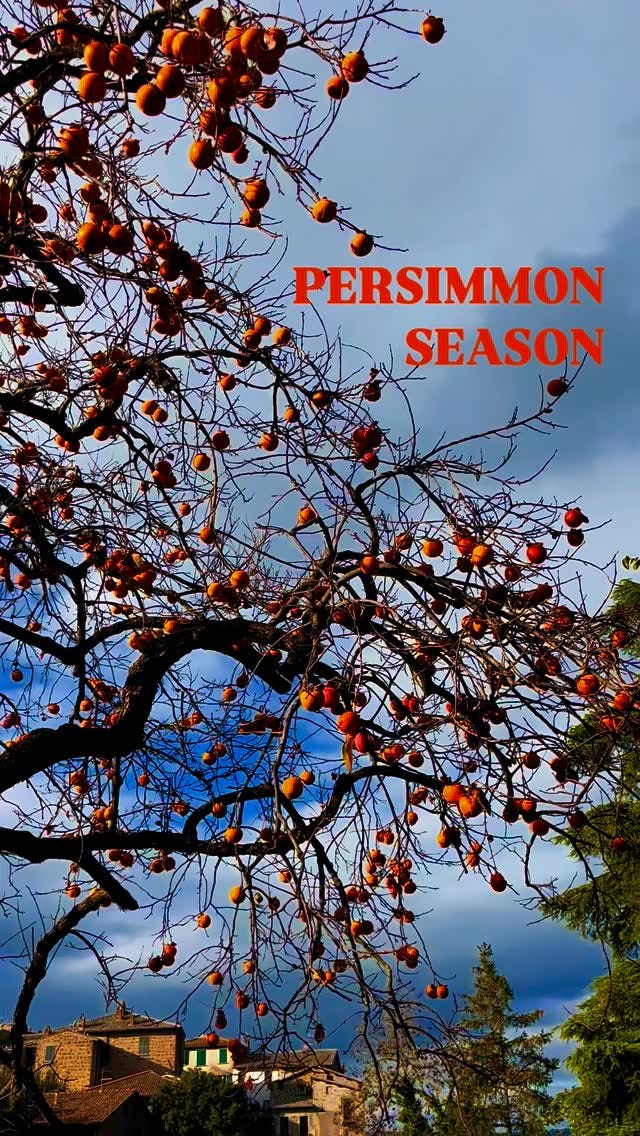Originating in China, the cultivation of the persimmon fruit dates back to the Qin dynasty and Han dynasty from BC 221 to AC 220. Most persimmons sold in North America are Japanese persimmons because their seeds were originally brought from Japan in the 1850s. In the Americas, the use of persimmons extended far beyond human consumption. While they were commonly used as food—eaten when ripe and juicy or baked in bread—the persimmon was also used for medicinal purposes, to make ink, and its seeds were used to make buttons and were substituted for coffee beans during the American Civil War.
For years I have seen a few measly persimmons sitting next to the star fruit and dragon fruit in the common U.S. grocery store, their section so small and separated from the other fruits that it suggested something about them must be detestable. In Italy, however, they are on display front and center in great quantities at any grocery store or market. Luigi Catiglioni, a native of Lombardy, Italy, grew many persimmon trees in the late 1700s and was one of the first to explore cultivation to improve the fruit’s flavor and size. Now, if you hand me a persimmon, I’ll eat it no matter the time of day. I find their sweetness and succulent plum-like texture delicious and satisfying.
Coincidentally, while living out my persimmon obsession, my friend and I came upon this persimmon tree standing in elegant splendor street-side of a small, Umbrian town, its branches heavy-laden with fruit. The persimmon’s vibrant, peachy orange color is a striking sight to behold and in my view makes it all the more enticing.
Persimmons, persimmons, persimmons. The end.
#persimmons



